As Thanksgiving approaches, outdoor gardening takes a backseat to indoor activities. And with good reason—short days and cold, wet weather test the mettle of even the hardiest of us webbed-foot Washingtonian gardeners. Although our winters are more mild than many areas of the country, windstorms from the northeast are particularly damaging not so much for the cold they bring as for the drying effect of the wind, which can leave plants essentially freeze-dried (the fancy word for this effect is desiccation). Here are a few tips to ensure your plants remain healthy through whatever winter brings.
First, make sure your plants are all well-watered before a freeze. Properly-hydrated plants can withstand the desiccating effects of a northeast wind much better than those that go into a windstorm dry.
Second, move any at-risk plants in containers to a south- or west-facing wall along your house. Lemon cypress, the popular lime-green evergreen often used for height in pots, can winter burn easily in a northeaster, but I’ve successfully overwintered them in containers against the south wall of my house with no damage, even after a bad northeaster.
Third, for tender plants you have in the ground, there are several options to ensure they remain healthy through winter. One of the best preventative measures you can take is to spray them sometime this month with an antidesiccant spray like Bonide Wilt Stop. This all-natural spray is made from pine resin and creates a protective waxy film that locks moisture into plant stems and foliage.
One popular shrub susceptible to winter burn is nandina, a beautiful dwarf evergreen with colorful leaves in winter. Last year, I applied a spray of Wilt Stop to a nandina in my yard, and even with a week of blowing northeast winds and windchills in the single digits, my nandina didn’t lose a single leaf. Wilt Stop can also help protect buds on shrubs like rhododendrons, azaleas, hydrangeas, and lilacs from winter damage, ensuring abundant blooms next spring and summer. Apply Wilt Stop on a sunny day in above-freezing weather for the spray to cure properly and you’re done—a single spray application lasts all winter and safely dissolves on its own next spring.
Fourth, another step you can take is admittedly a low-tech yet effective option: covering your smaller plants with old pots or buckets prior to a northeaster. In recent years hellebores have become increasingly popular as shade-loving evergreens with colorful flowers in winter and early spring. Many of the newer varieties bloom earlier than their predecessors, and while it’s nice to enjoy a blooming outdoor plant in January, in my experience they always burst into bloom just before a northeaster starts to blow, spoiling the flowers.
To prevent this, last year I turned some old shrub pots upside down over my hellebores just before a northeaster was forecast to begin. After gathering the foliage up and carefully tucking it into the pots, I made sure to work the lip of the pots down into the soil slightly to prevent them from blowing off, then pulled the pots off after the windstorm died down. Even though the plants froze solid in the week the northeaster blew, they held their flowers and continued to bloom beautifully for the remainder of winter.
Finally, don’t forget to get your lawn winter-ready as well. If you haven’t yet fertilized with a fall fertilizer like Scotts Turf Builder Winterguard, it’s not too late, and if you did it as early as September, your lawn has probably used up most of the nutrients in that application, anyway. Feed your lawn now to build strong roots through winter.
This year’s La Niña forecast may make for a more eventful winter than some, so make sure you’re prepared to keep your lawn and garden looking its best through whatever winter has to offer!


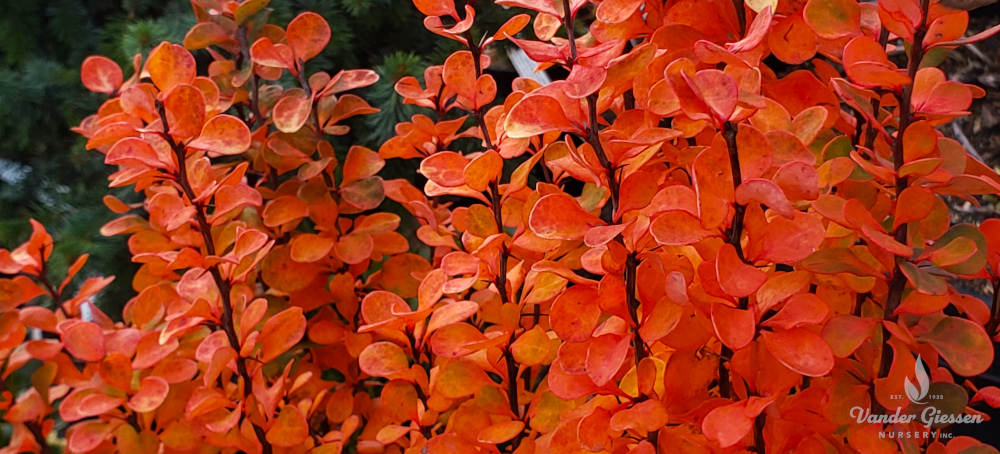
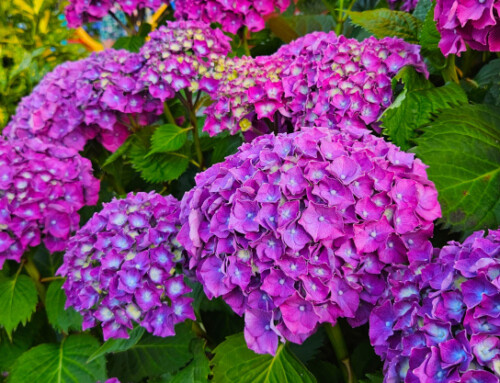
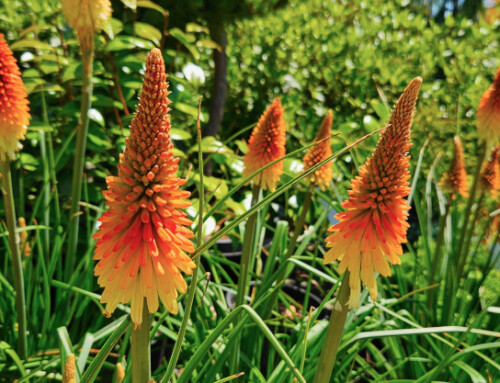
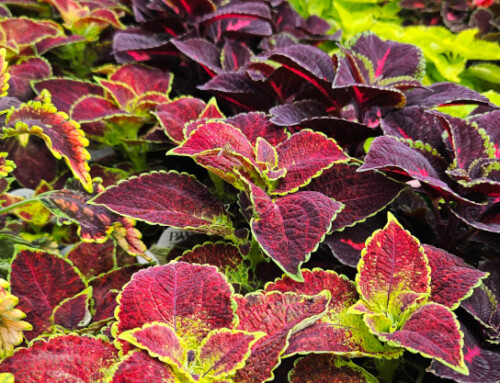
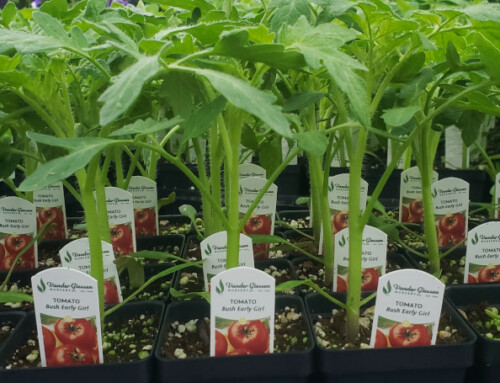
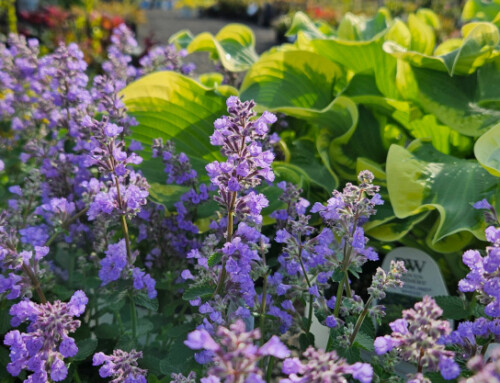
Leave A Comment